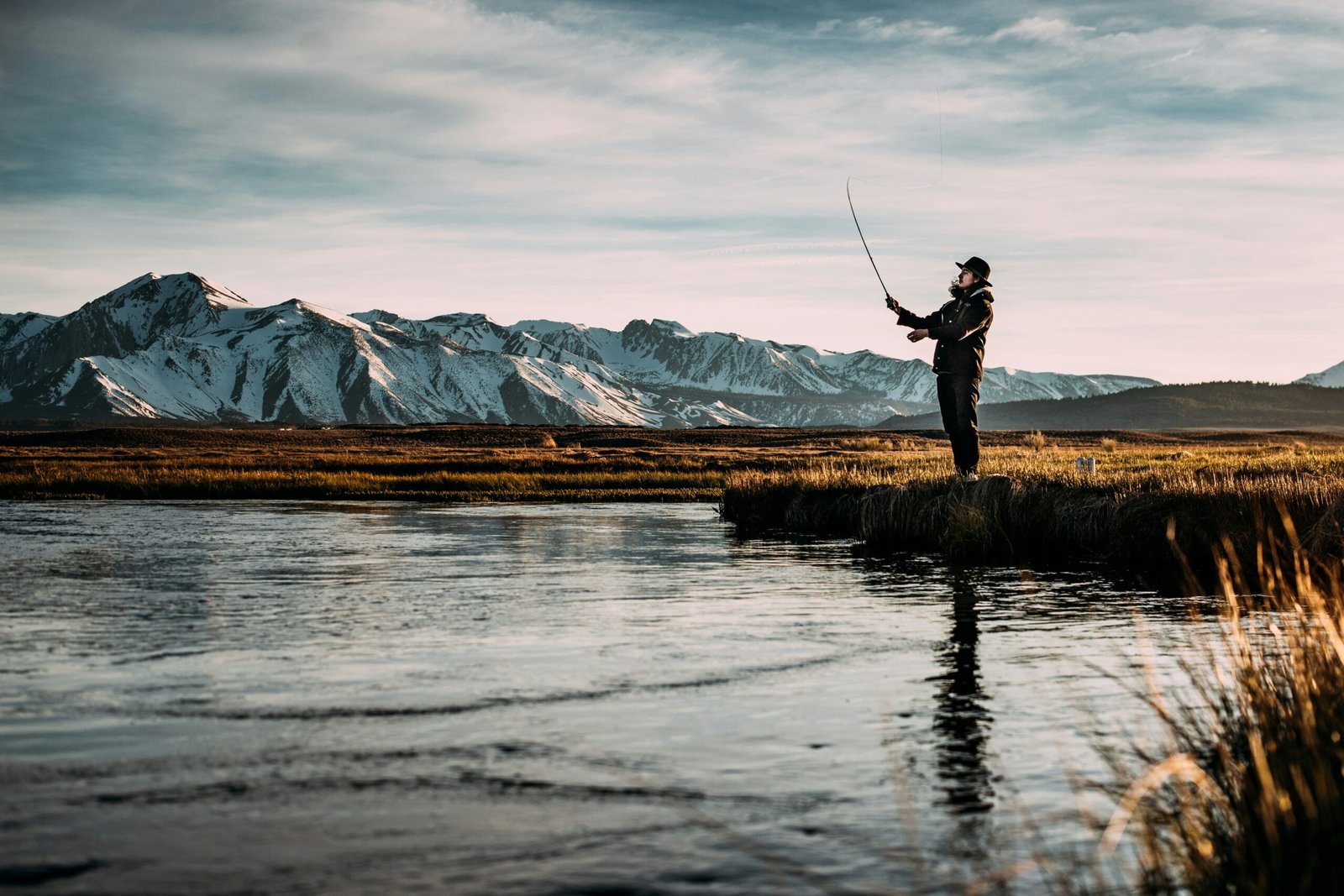Introduction
Fly fishing is a popular and rewarding outdoor activity that allows you to connect with nature while testing your angling skills. Whether you’re a complete novice or have some experience with other types of fishing, this beginner’s guide will provide you with helpful information and tips to get started with fly fishing.
Understanding Fly Fishing
Fly fishing is a unique fishing technique that involves using an artificial fly to lure fish. Unlike traditional fishing methods that rely on bait or lures, fly fishing requires you to cast a lightweight fly line and fly rod to present the fly to the fish. This method mimics the natural movement of insects or other small creatures that fish feed on.
Essential Fly Fishing Gear
Before you embark on your fly fishing journey, it’s important to have the right gear. Here are the essential items you’ll need:
- Fly Rod: Choose a fly rod that matches the type of fishing you’ll be doing and the species of fish you’ll be targeting. Beginners often start with a 9-foot, 5-weight rod, which is versatile enough for various fishing conditions.
- Fly Reel: The fly reel holds the fly line and helps you control the line’s tension. Look for a reel that is compatible with your fly rod and has a smooth drag system.
- Fly Line: Select a fly line that matches your rod and fishing conditions. The weight and taper of the fly line affect how the fly is presented to the fish.
- Leaders and Tippets: Leaders and tippets are transparent monofilament lines that connect the fly line to the fly. They provide a smooth transition between the thick fly line and the delicate fly.
- Flies: Flies are the artificial imitations of insects, baitfish, or other creatures that fish feed on. Start with a variety of basic flies such as nymphs, dry flies, and streamers.
- Waders and Wading Boots: If you plan to fish in rivers or streams, a pair of waders and wading boots will keep you dry and provide traction on slippery surfaces.
- Fly Fishing Vest or Pack: A vest or pack will help you carry your gear, flies, and other accessories while keeping them easily accessible.
Learning to Cast
One of the most important skills in fly fishing is casting. Here are some tips to help you improve your casting technique:
- Start with Short Casts: Begin by practicing short casts in an open area. Focus on the proper technique, including the wrist snap and smooth acceleration of the rod.
- Use the Power of Your Wrist: The power for casting comes from your wrist, not your arm. Avoid using excessive force and let the rod do the work.
- Practice Your Timing: Timing is crucial in fly casting. Coordinate the movement of your rod hand and line hand to achieve a smooth and accurate cast.
- Learn Different Casting Techniques: Experiment with various casting techniques, such as the overhead cast, roll cast, and sidearm cast, to adapt to different fishing situations.
Choosing the Right Fishing Spot
When selecting a fishing spot, consider the following factors:
- Water Conditions: Look for clear water with a moderate current. Fish are more likely to be active in these conditions.
- Structure and Cover: Fish often gather near structures like rocks, fallen trees, or submerged vegetation. These areas provide shelter and food sources.
- Seasonal Patterns: Different fish species exhibit different behavior patterns throughout the year. Research the seasonal patterns of the fish you’re targeting to increase your chances of success.
Basic Fly Fishing Techniques
Here are some basic fly fishing techniques to help you get started:
- Nymph Fishing: Nymph fishing involves imitating the underwater stage of insects. Use weighted nymph flies and let them drift naturally with the current.
- Dry Fly Fishing: Dry fly fishing involves imitating insects that float on the water’s surface. Cast the dry fly upstream and let it drift naturally, imitating the movement of an insect.
- Streamers: Streamer fishing involves using larger flies that imitate baitfish. Strip the streamer through the water to mimic the movement of a wounded fish.
Patience and Practice
As with any new skill, fly fishing requires patience and practice. Don’t get discouraged if you don’t catch fish right away. Enjoy the process of learning and improving your technique. Remember, the joy of fly fishing is not just about catching fish but also about immersing yourself in nature and enjoying the serenity of the great outdoors.
Conclusion
Fly fishing can be a lifelong passion that offers endless opportunities for adventure and relaxation. By following this beginner’s guide and practicing your skills, you’ll soon be on your way to becoming a proficient fly angler. So grab your gear, find a beautiful fishing spot, and get ready to embark on an exciting fly fishing journey!

